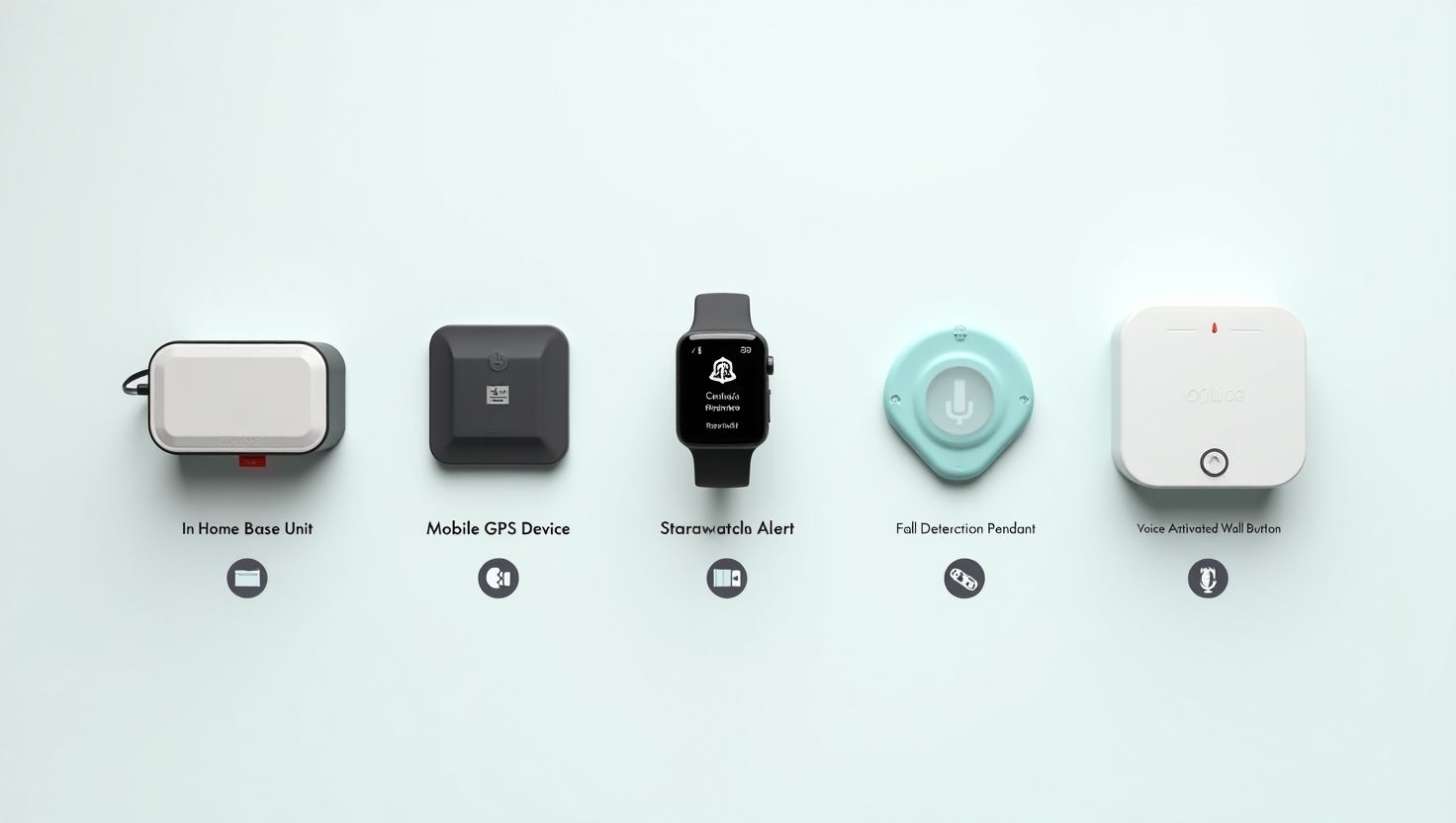How to Choose the Best Health Insurance Plan for Retirement
Planning for healthcare in retirement is essential. While Medicare covers many healthcare needs, it doesn’t cover everything. This makes selecting the right health insurance plan crucial for retirees who want to ensure they’re adequately covered. With so many options available, choosing the best health insurance plan can feel overwhelming. This guide breaks down the key factors to consider when selecting the right plan for your retirement years.
Understanding Health Insurance Options for Retirees
When transitioning into retirement, your health insurance needs may change. Here’s a look at the primary health insurance options available to retirees:
- Medicare: Most Americans become eligible for Medicare at age 65. Medicare is divided into parts that cover different aspects of healthcare: Part A (hospital insurance), Part B (medical insurance), Part C (Medicare Advantage), and Part D (prescription drug coverage). Many retirees rely on Medicare as their primary source of health coverage.
- Medigap: Also known as Medicare Supplement Insurance, Medigap policies help cover the costs that Medicare doesn’t, such as copayments, coinsurance, and deductibles. These policies are sold by private companies and work alongside Original Medicare.
- Employer-Sponsored Retiree Health Plans: Some employers offer health insurance plans to their retirees. If this option is available, it can be an excellent way to supplement Medicare coverage. However, fewer companies are offering this benefit, so it’s important to check with your former employer about your eligibility.
- Medicare Advantage Plans: Medicare Advantage plans (Part C) are an alternative to Original Medicare and are offered by private insurers. These plans often include additional benefits, such as vision, dental, and prescription drug coverage. However, they typically require you to use a network of providers.
- Affordable Care Act (ACA) Marketplace Plans: If you retire before age 65, you’ll need to find health insurance coverage to bridge the gap until you become eligible for Medicare. ACA marketplace plans provide an option for those not yet covered by Medicare, though costs can vary significantly depending on your location and income.
- COBRA: If you’re retiring before age 65 and leaving employer-based coverage, COBRA allows you to continue your existing health insurance for a limited time, usually up to 18 months. While COBRA ensures continuity of coverage, it can be expensive, as you’re responsible for the full premium plus an administrative fee.
Key Considerations When Choosing a Health Insurance Plan
Selecting the best health insurance plan for retirement requires evaluating several factors, including your healthcare needs, budget, and coverage preferences. Here are some key considerations:
- Your Current Health Needs: Assess your current health status and any ongoing medical conditions. If you require regular doctor visits, specialist care, or prescription medications, you’ll want a plan that offers comprehensive coverage with low out-of-pocket costs for those services.
- Provider Network: If you have a preferred doctor or healthcare facility, check whether they accept the insurance plan you’re considering. Medicare allows you to see any provider that accepts Medicare, while Medicare Advantage plans typically have networks you’ll need to stay within for coverage.
- Costs: Evaluate all costs associated with each plan, including premiums, deductibles, copayments, and out-of-pocket maximums. A plan with a low premium may seem appealing, but higher out-of-pocket costs could offset those savings if you require frequent care.
- Prescription Drug Coverage: Medications can be a significant expense in retirement. Ensure that your chosen plan offers adequate prescription drug coverage, and check that the plan’s formulary includes your medications at a reasonable cost. For Medicare beneficiaries, this might mean choosing a Medicare Part D plan or a Medicare Advantage plan that includes drug coverage.
- Additional Benefits: Consider whether you need coverage for services not included in Original Medicare, such as vision, dental, or hearing care. Medicare Advantage plans often include these benefits, while Medigap policies do not. If these services are important to you, weigh the costs and benefits of different plan options.
- Flexibility for Travel: If you plan to travel frequently during retirement, make sure your health insurance plan provides coverage in different locations. Original Medicare offers nationwide coverage, while Medicare Advantage plans may have more limited geographic networks. Some Medigap policies also offer coverage for medical emergencies while traveling abroad.
Comparing Health Insurance Plans
Once you’ve identified your needs, comparing health insurance plans is the next step. Here’s a simple approach to help you compare your options:
- Create a List of Your Must-Have Benefits: Start by listing the healthcare services and benefits that are most important to you, such as coverage for specific medications, preferred doctors, and any necessary treatments or therapies.
- Gather Plan Information: Obtain detailed information about the plans you’re considering, including coverage details, provider networks, and cost-sharing requirements. For Medicare plans, Medicare.gov offers a helpful comparison tool that allows you to compare different options based on your location and healthcare needs.
- Evaluate Costs: Look beyond the premium and consider all potential out-of-pocket costs, including deductibles, copayments, and coinsurance. If you’re comparing Medigap policies, remember that while the benefits are standardized, premiums can vary between insurers.
- Check for Star Ratings: Medicare Advantage and Part D plans receive star ratings from the Centers for Medicare & Medicaid Services (CMS) based on factors like customer service, quality of care, and member satisfaction. Higher-rated plans often indicate better overall performance and may offer higher quality coverage.
- Consult with a Professional: If you’re unsure which plan is best for you, consider consulting with a licensed insurance agent or a Medicare counselor. They can help you navigate your options and find a plan that aligns with your needs and budget.
Common Mistakes to Avoid When Choosing a Health Insurance Plan
Retirees often face pitfalls when selecting health insurance coverage. Here are some common mistakes to avoid:
- Failing to Consider Future Health Needs: It’s easy to focus on your current health status, but it’s also important to anticipate potential future needs. Choose a plan that will provide flexibility and coverage as your health changes over time.
- Overlooking Prescription Costs: Medications can be a significant retirement expense. Make sure you choose a plan that offers good prescription drug coverage and that includes your medications in its formulary.
- Not Comparing Plans Annually: Healthcare needs and plan offerings can change each year. Be sure to review your coverage during open enrollment to ensure you’re still in the best plan for your needs.
- Ignoring Additional Benefits: Don’t overlook benefits like dental, vision, and hearing coverage if they’re important to you. Medicare doesn’t cover these services, so if they’re a priority, you’ll need to explore other options, such as Medicare Advantage or supplemental insurance.
- Assuming One Plan Fits All: Health insurance needs vary from person to person. Don’t assume that the plan your friends or family members use is the best option for you. Take the time to evaluate your specific needs and find the plan that works for your situation.
How to Stay Informed About Health Insurance in Retirement
Healthcare regulations and insurance options can change over time, so staying informed is crucial. Here are some ways to stay up to date:
- Medicare Resources: Use official Medicare resources, such as Medicare.gov and the Medicare & You handbook, to keep informed about your coverage options and changes to the program.
- Consult with a Medicare Counselor: State Health Insurance Assistance Programs (SHIPs) offer free, unbiased counseling to help you understand your Medicare options and assist with any questions you may have.
- Monitor Open Enrollment: Review your health insurance coverage every year during open enrollment (October 15 to December 7 for Medicare) to make sure it still meets your needs.
Conclusion
Choosing the best health insurance plan for retirement requires careful consideration of your healthcare needs, budget, and preferences. By understanding the options available, comparing plans, and staying informed, retirees can find a health insurance plan that offers peace of mind and the coverage they need for a healthy retirement.










